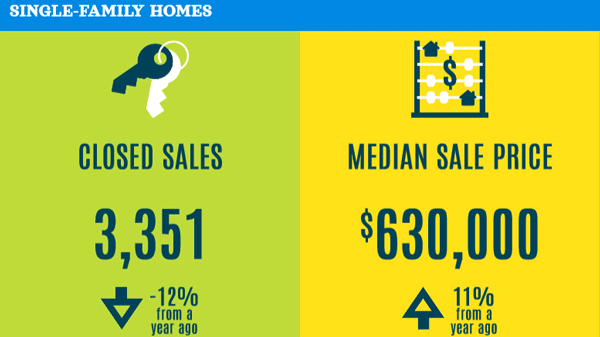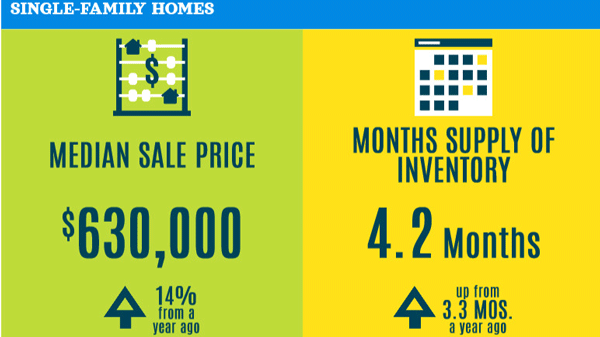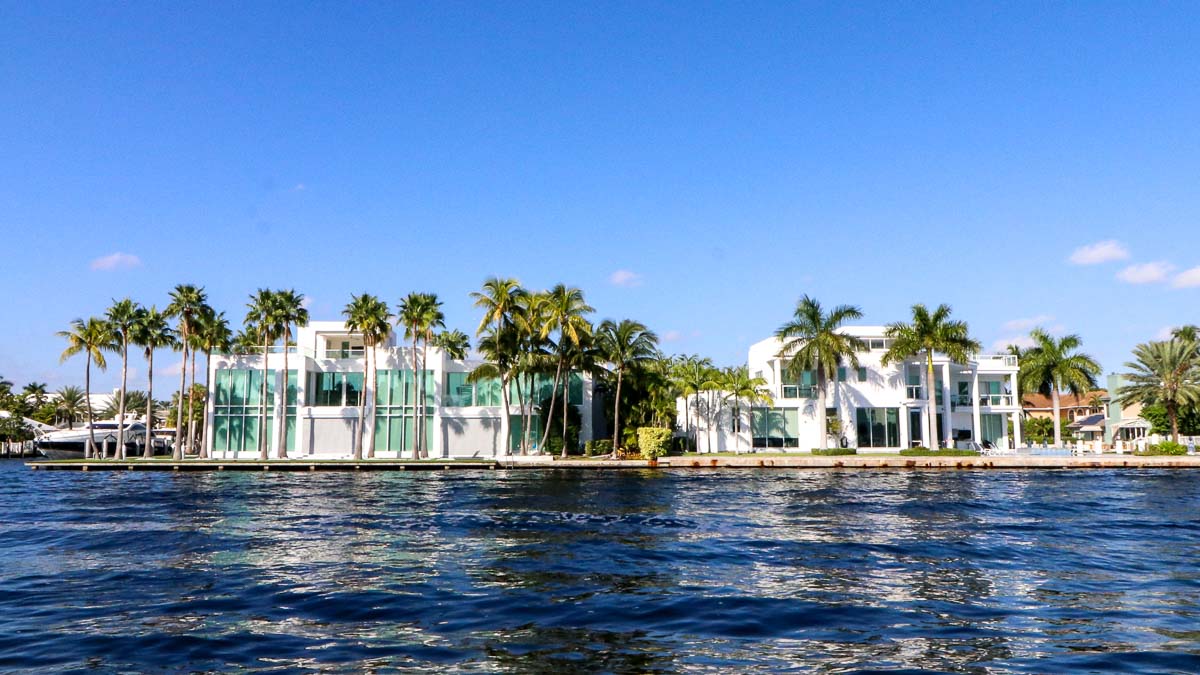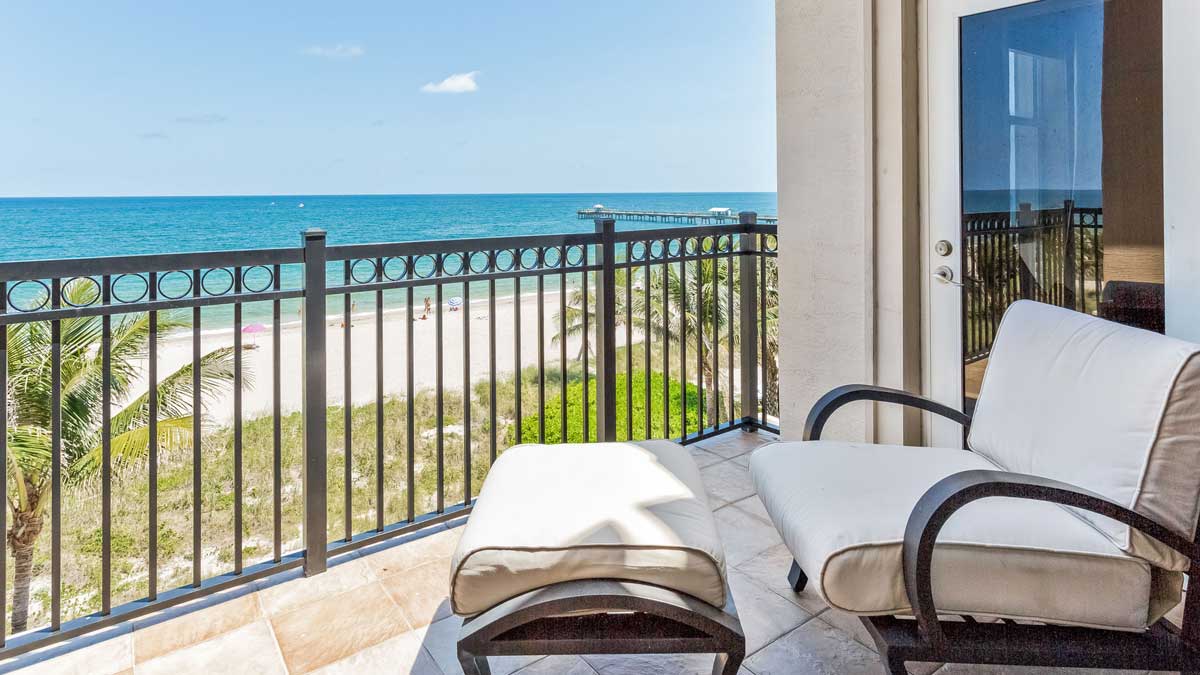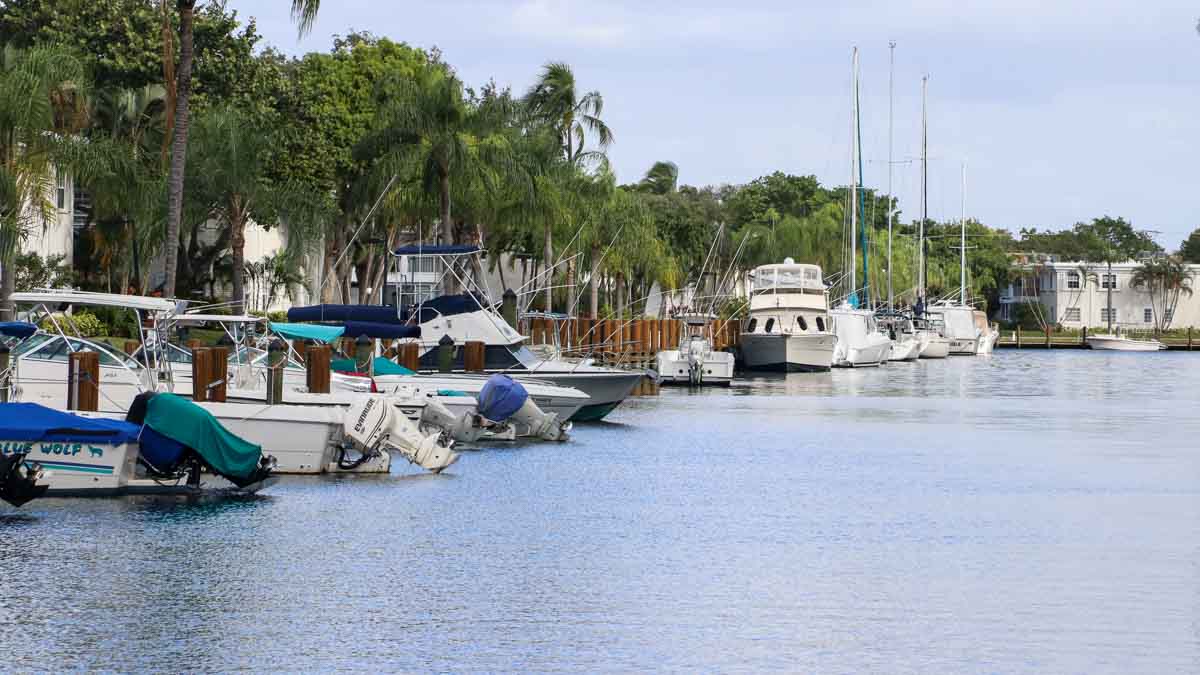You’ve probably heard about the two waves of foreclosures that we have already experienced. The first wave was tied to a high number of subprime loans that reset or adjusted, thus causing a large number of defaults starting in 2006 and continuing through 2008. Subprime loans, or C-Paper loans, are generally riskier for the lenders and include loan programs like “Interest Only” and “Option Arms”. Basically, lenders went a little crazy and issued too many of these loans (many to unqualified borrowers), which is the primary reason the housing market is currently in so much trouble.
The second wave started shortly thereafter and also included a large percentage of subprime activity. What was different about the second wave was that it also included a large percentage of Prime loans, which we should continue to see defaulting through 2011. Prime loans are A-Paper loans that are given to the most qualified borrowers with good income and the best credit scores. This was the first sign that qualified borrowers, even ones with good jobs, were starting to feel the effects of the real estate crisis.
Here Comes the Third Wave…
So that brings us to the third wave, which we expect to see hit sometime this year. This will be caused by several factors, one of which is the effect of the infamous Option Arm. The Option Arm or “Pick-a-Payment” loan has been around for a long time and it was first introduced into the market as a flexible loan for sophisticated borrowers with increasing incomes. The problem is that the many people who were put into Option Arms in recent years were either not sophisticated or shouldn’t have been buying a home in the first place. This loan started with a low teaser rate for the first year (as low as 1%) and allowed people to choose how big a payment they wanted to make every month, so most people chose the lowest payment (surprise) which is actually less than the accruing interest, causing negative amortization. Basically, most people had increasing loan balances while the value of their property was going down. Do the math when these people lose their jobs and it’s not difficult to figure out what happens next.
Another interesting trend that should contribute to our third wave is the growing number of $1 million plus foreclosures. This is the fastest growing category of delinquencies and defaults, and about 12% of these borrowers were late on their mortgages last fall. Defaults on these high end properties went up 300% in the past year and we are likely to see increased activity in this category this year.
What about Shadow Inventory?
Another factor worth discussing is what is called “Shadow Inventory”. This is defined primarily as inventory held by lenders that has not been released into the marketplace yet. Since these properties have already been foreclosed on, this will not affect the foreclosure rates, but some people believe it could have a dramatic effect on our real estate market. There are estimates that shadow inventory includes as many as 7 million properties nationwide, which is roughly a year and a half worth of inventory. Now, if this entire inventory was released for sale in a short period of time then I could see why it would be an issue. But, even if the banks could get their act together and release their inventory quickly, why would they? Banks may be smarter than you think (yes, I said that). They make balance sheet decisions every day that ultimately dictate when to sell property and they know that dramatically increasing the supply of property will have a downward effect on values. Wouldn’t that be shooting themselves in the foot? On second thought, it might not surprise me if a bank shot itself in the foot, but I’m still not worried. While our foreclosure problem is not going away soon, it seems to have reached equilibrium and the players involved (short sale real estate agents, banks, etc.) are figuring out how to dispose of these properties more efficiently.
Should You Worry?
Bottom line, there are better things to worry about, like unemployment and rising interest rates. And, if you are a buyer, there are plenty of great deals out there right now and there will continue to be deals for years to come. I wouldn’t wait too long though, since interest rates are not likely to stay low as long as foreclosures stay high. And if you need to sell, the good news is that there are more companies like us that can help you sell your property in this market, even if you are under water.

